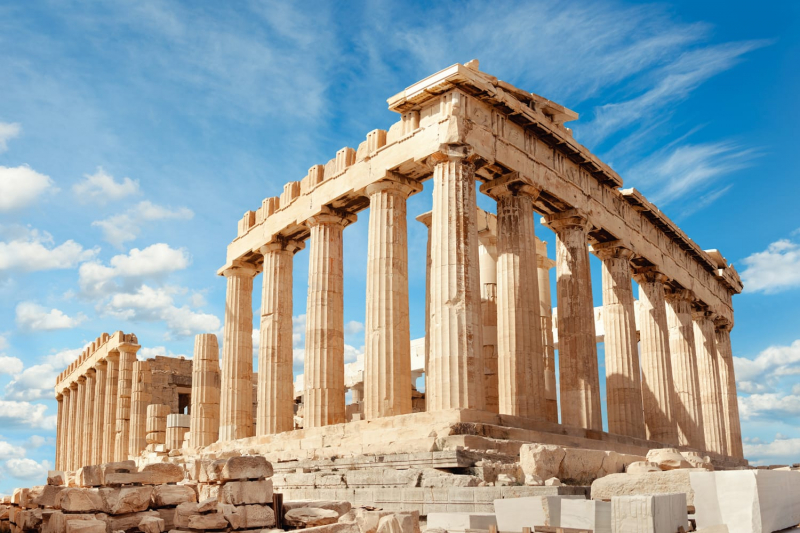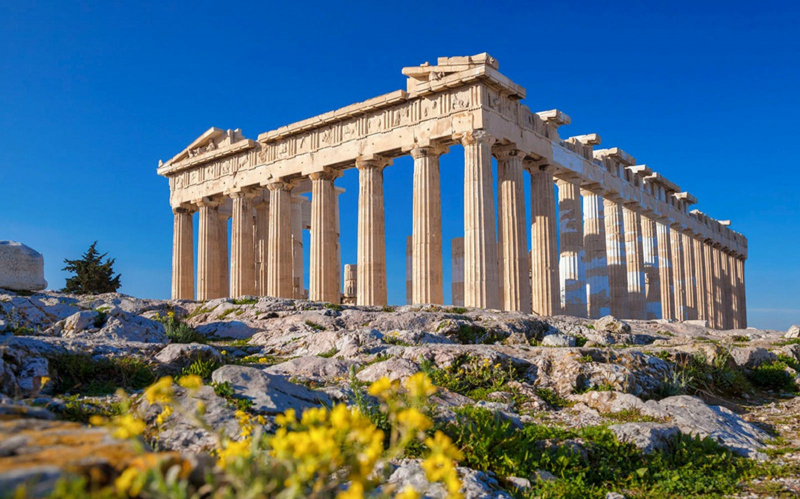Acropolis, Athens, Greece
The Acropolis of Athens is an ancient fortress perched atop a rocky outcrop above the city of Athens. It has the ruins of several important architectural and historical structures, the most famous of which is the Parthenon. There are several other acropoleis in Greece, and the term acropolis is generic. The Acropolis of Athens was also known as Cecropia in ancient times, after the mythological serpent-man Cecrops, the purported first Athenian ruler.
The Acropolis of Athens and its monuments are universal icons of the ancient spirit and culture, and they comprise the world's biggest architectural and artistic complex. Following its triumph over the Persians and the foundation of democracy in the second part of the fifth century BC, Athens rose to prominence among the ancient world's city-states. In the centuries that followed, as philosophy and art blossomed, an amazing collection of artists put Athenian leader Pericles' grandiose intentions into action, transforming the rocky hill into a unique monument of thought and the arts under the creative supervision of the sculptor Pheidias. The Parthenon, built by Ictinus, the Erechtheon, the Propylaea, the colossal entrance to the Acropolis, planned by Mnesicles, and the tiny temple Athena Nike were all built during this time.
Location: Athens, Attica, Greece














